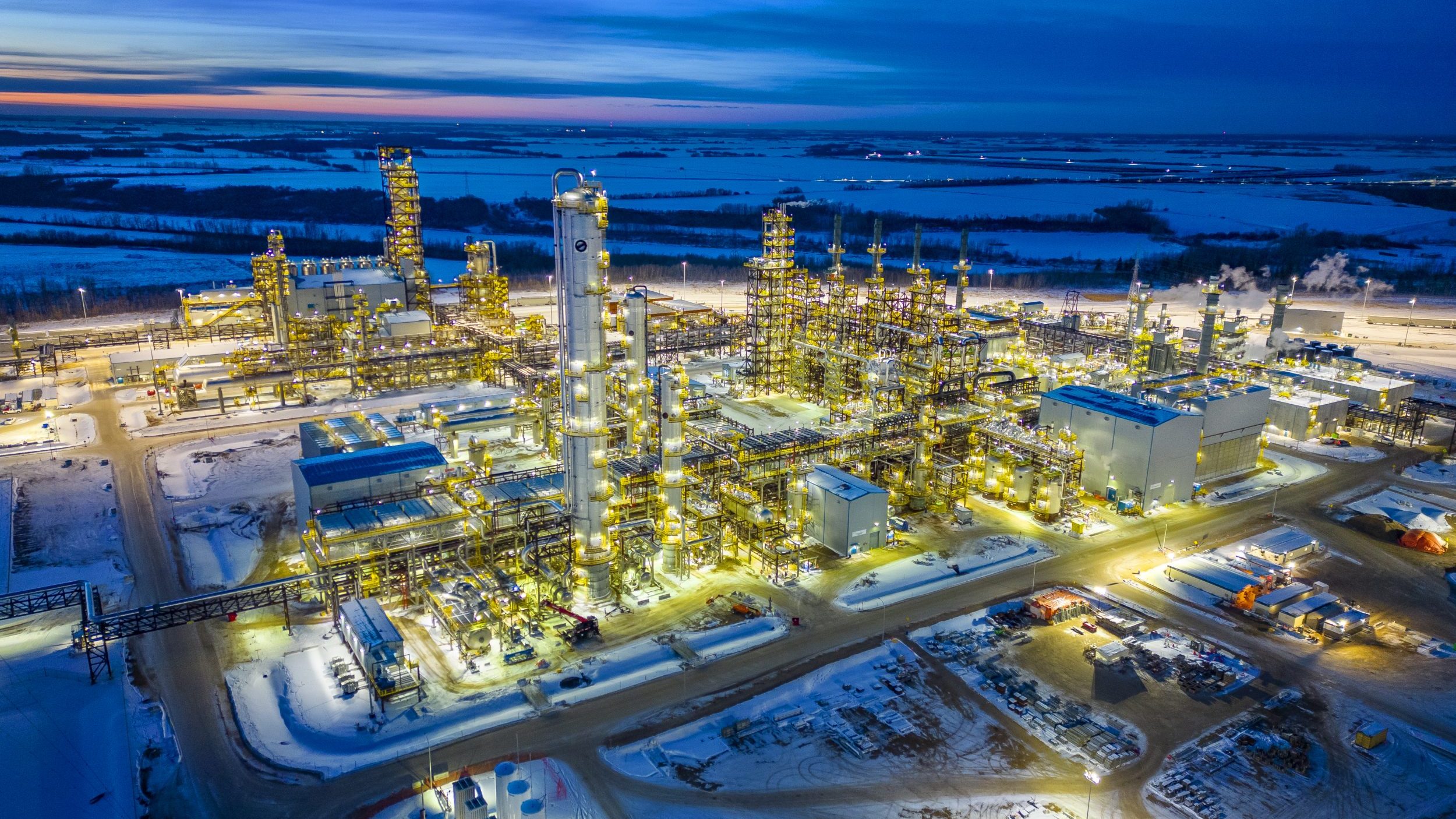
Containers, plates, dishwasher pods, carpets, luggage, automotive plastics, medical equipment, cold weather clothing, beach footwear, flooring. These are just a few of the nearly endless every day products that are made with a recyclable plastic called polypropylene.
Now they can be made with supply from Canada.
After more than a decade of development and investment, Inter Pipeline Ltd.’s Heartland Petrochemical Complex near Edmonton is now in full operation producing polypropylene directly from locally sourced propane.
Brendan Curley, the company’s vice-president of petrochemical operations, is excited about the opportunities this brings to expand Canada’s economy.
“It opens up a whole other section of manufacturing potential and possibilities here,” he says.
“It takes us one step further down that integrated value chain in terms of taking byproducts of oil and gas and turning them into something, and to be more than just a producer that takes our raw materials and exports them.”
Petrochemical production and plastic manufacturing contributed a combined $93.6 billion to Canada’s economy and directly employed nearly 175,000 people in 2021, according to Statistics Canada data compiled by the Chemical Industry Association of Canada.
Built with more than 25 million hours of labour, the $4.3 billion Heartland project is the first in North America to combine processes at a single site to transform propane into polypropylene.
That integration is expected to help the facility operate with 65 per cent lower greenhouse gas emissions than the global average, according to a study conducted by IHS Markit.
“We take propane and turn it into propylene then turn it into polypropylene all in one spot,” Curley says.
This means less requirement to transport materials between locations, and enables efficiencies like heat integration between plants, he says. The facility also capitalizes on the first step of the process – propane dehydrogenation (PDH) – itself.
“PDH by its very nature taking hydrogen out of propane. We take that hydrogen, and we actually use it in our furnaces and burn it,” Curley says.
“Using hydrogen as a fuel makes us more efficient in terms of our manufacturing process from an emissions perspective.”
Lower emissions at the Heartland complex are also a result of using cogeneration technology, where recovered waste heat from operations is used to generate electricity.
The world’s use of plastic products is growing and is expected to be a main driver of demand for oil and petroleum liquids even in the most aggressive emission reduction scenarios.
Industry and petrochemicals consumed 20.5 million barrels per day of petroleum liquids in 2021, according to the International Energy Agency (IEA). In the IEA’s net zero scenario, in 2050 this demand will still be 13.4 million barrels per day. But in its more likely scenario using the world’s current trajectory, demand will increase to 25.5 million barrels per day in 2050.
“When we talk about the decarbonization journey and [products] getting lighter and faster, these types of materials are very important,” Curley says.
The Heartland complex is ramping up to capacity of producing 525,000 tonnes of pea-sized polypropylene pellets per year, which can be shipped anywhere in the world.
For Curley, the success of the project comes back to the support of the local community.
“There are so many people who, whether they were out here doing something really important for one day or they were here constructing the whole project, it doesn’t finish without them and their hands being part of the work out here.”
The unaltered reproduction of this content is free of charge with attribution to Canadian Energy Centre Ltd.